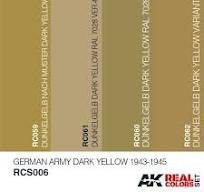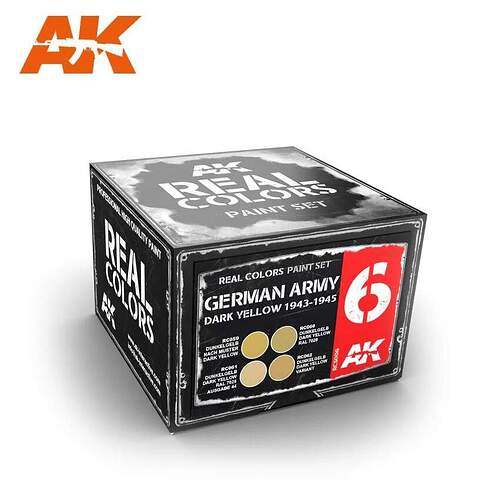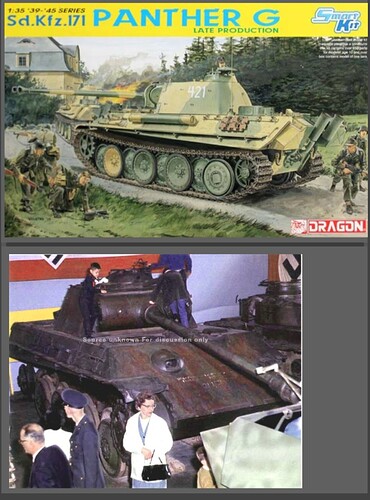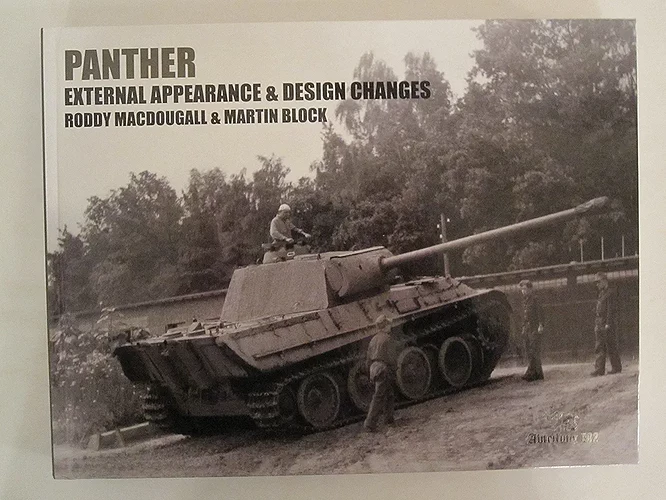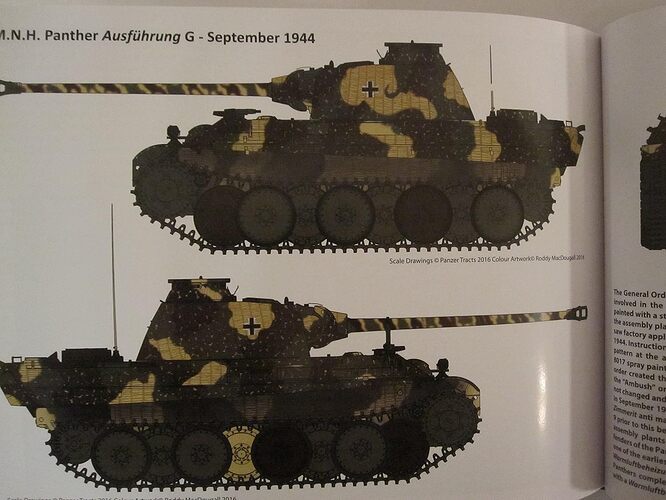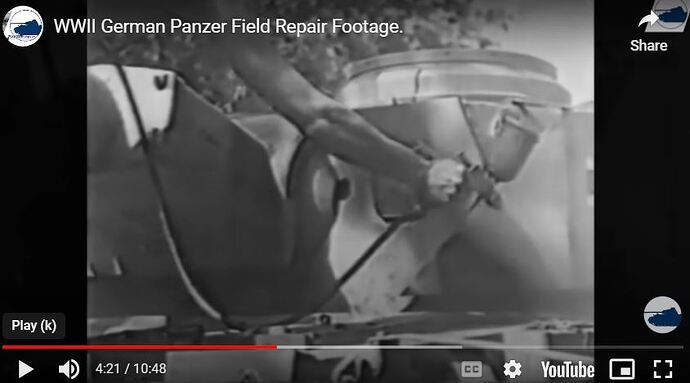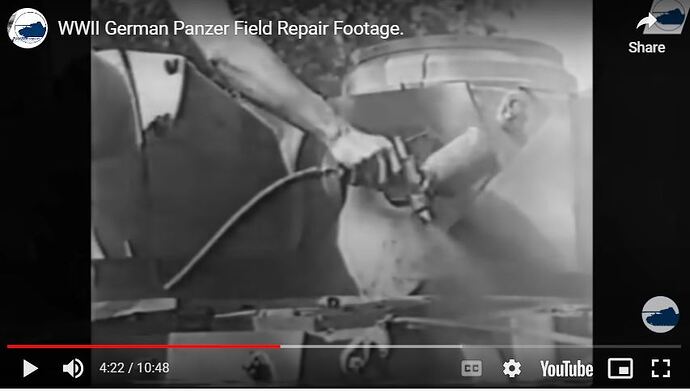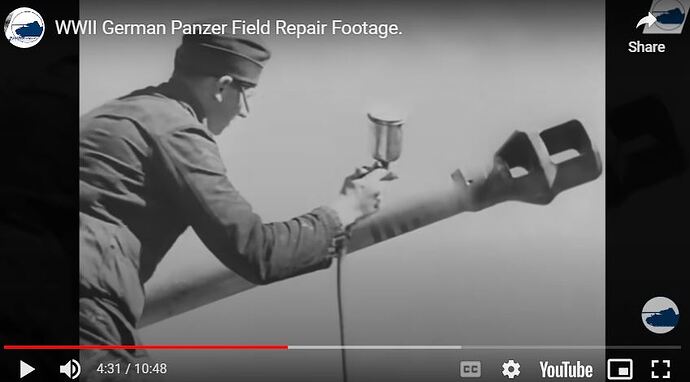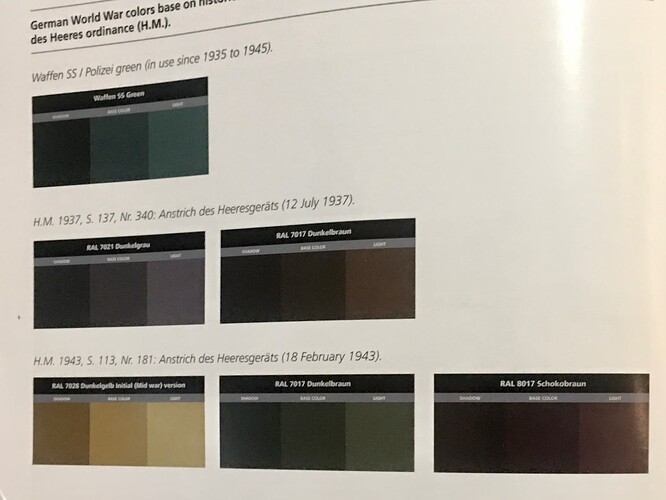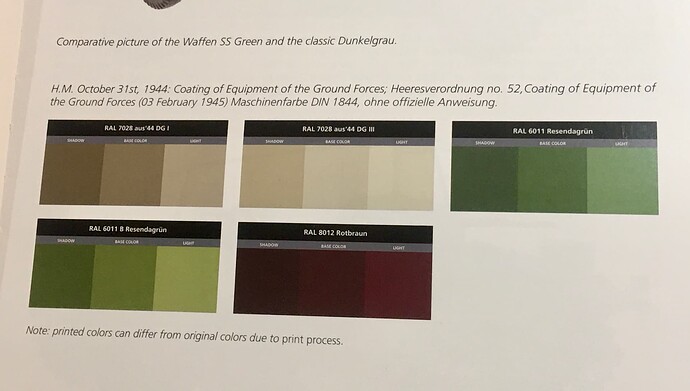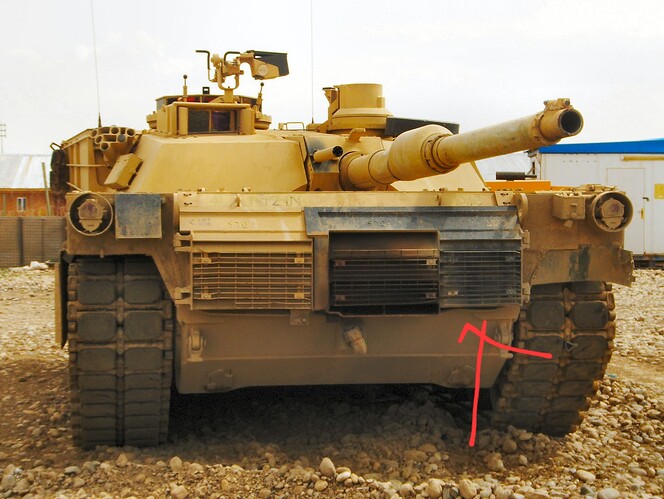I have no doubt the vehicle that veteran saw appeared black. I’m sure it did.
I think a distinction between a Panther appearing black and a claim that one was indeed actually painted black would be worth making.
I’m not positive which camp you are in on this subject. That the Panther he saw appeared black, or that some Panthers were actually painted black and his story makes for compelling evidence of this.
I’m no expert, I just have never heard of Panthers being painted black, if that is indeed your point.
If that’s the case, did this veteran you interview mention the specifics of the encounter? I could imagine passing any Panther during the night might give one the impression it was black.
I can also imagine seeing one through a foggy periscope or gunsight at distance on a cold dark Winter day in the Ardennes could give that impression.
An uncomfortable truth, yet one we face as researchers nonetheless, veterans can be mistaken. I know this firsthand. My uncle Calvert (BAR gunner 28th Infantry Div) swore his unit faced down a couple Jagdtigers in the Hurtgenwald and my Grandfather (ball turret gunner B-17G 486th BG 834th BS) swore until he passed in 2014 that he was on the famous Ploesti Oilfield Raid even though it took place in 1943 when he was in High School and his missions were all out of Sudburry England from December 1944 through very late April 1945.They were a sharp as tacks .At 38, they’re still the bravest and best men I’ve ever known.
That photo you provided of the Panther in original paint. It does have a very dark tone to it. However, you can see the lighting is very bad.
Ambient control and flash bouncing is something every photographer encounters and here you can see it on display. The flash of the camera illuminates things closer to it while making things further away seem much darker through the lens and developed prints than they really are. That along with the aging original paint do make it look very dark and likely different from the way it appeared during wartime.
You can see that towards the end of the barrel we get a better impression of the actual colors used. It definitely looks like a green or tanish base with large red bands, although I’m unsure if what appears red is indeed rotbraun bands or exposed oxide primer. It could be that this vehicle was originally painted dunkegelb aus DG II with rotbraun bands or it could be resedagrun base with rotbraun bands, or something like that.
I definitely don’t look at that and think “that panther was painted in black paint”, but I do see this and think “that would appear very dark, almost black in the right circumstances”.
I hope that doesn’t make me a clown of the lowest order,
You seem pretty impassioned about the topic, so I wanted to make sure I understood what you were saying properly.
cheers!
![]() . I had a look at Hataka. They have a boxed set of late war colours. Bugger me if they don’t have 3 different Dark Yellow’s.
. I had a look at Hataka. They have a boxed set of late war colours. Bugger me if they don’t have 3 different Dark Yellow’s.